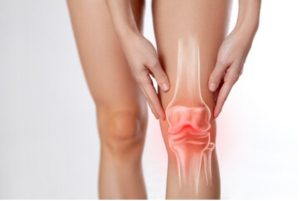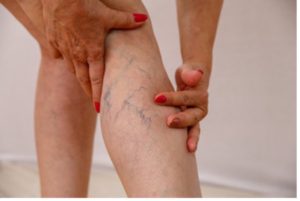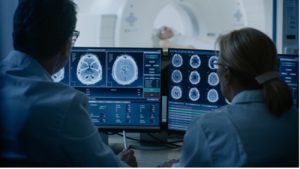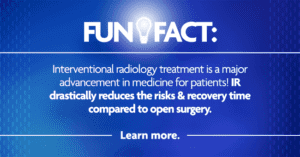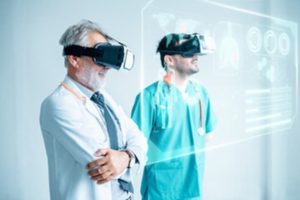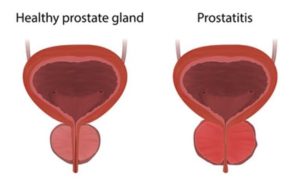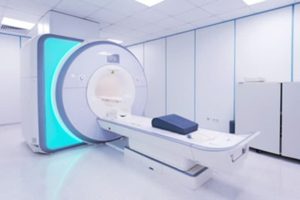Beyond Mammography: When is a Breast MRI Recommended?
Mammograms are a crucial part of breast health, but they aren’t the only tool in our arsenal. In certain situations, your physician might recommend a breast MRI. When exactly is this advanced imaging technique necessary? Let’s dive in!
What is a Breast MRI?
A breast MRI uses a powerful magnet and radio waves to create detailed images of the inside of your breasts. Unlike mammograms, which use X-rays, MRIs don’t involve radiation. This makes them a safe option for women of all ages, and women who are pregnant or breastfeeding.
When is a Breast MRI Recommended?
While mammograms remain the gold standard for general breast cancer screenings, a breast MRI offers a more in-depth look and is often recommended in the following situations:
- High-Risk Patients: If you have a strong family history of breast cancer, a known genetic mutation (like BRCA1 or BRCA2), or a personal history of breast cancer, your doctor may recommend regular breast MRIs in addition to mammograms. This combination of techniques is helpful in more accurate and early detection of breast cancer.
- Dense Breast Tissue: Women with dense or fibrous breast tissue can benefit from breast MRI. Dense tissue can make it harder to spot abnormalities on a mammogram, and an MRI can provide clearer images, improving the chances of finding cancer early.
- Assessing Breast Implants: If you have breast implants, a breast MRI can help your doctor evaluate the integrity of the implants and check for any signs of rupture or leakage.
- Monitoring Treatment Response: In some cases, MRIs are used to monitor the effectiveness of chemotherapy or other breast cancer treatments.
- Further Investigation: If your mammogram shows an area of concern, your doctor may order a breast MRI to get a clearer picture and determine if a biopsy is needed.
Benefits of Breast MRI
- Early Detection: Breast MRIs are highly sensitive and can detect small tumors that may be missed by mammograms.
- Detailed Information: MRIs provide detailed images that can help distinguish between benign and cancerous growths.
- No Radiation: Unlike mammograms, breast MRIs don’t use radiation, making them a safe option for repeated screenings.
Is a Breast MRI Right for You?
If you’re unsure whether a breast MRI is necessary for you, talk to your physician. They can assess your individual risk factors and recommend the most appropriate screening plan.
Radiology of Indiana’s role in your Breast Health
At Radiology of Indiana, we’re committed to providing the highest quality breast imaging services. Our experienced radiologists use the latest technology to ensure accurate and timely diagnoses. If you have any questions about breast MRI or other imaging services, please don’t hesitate to contact us, or schedule an appointment.

